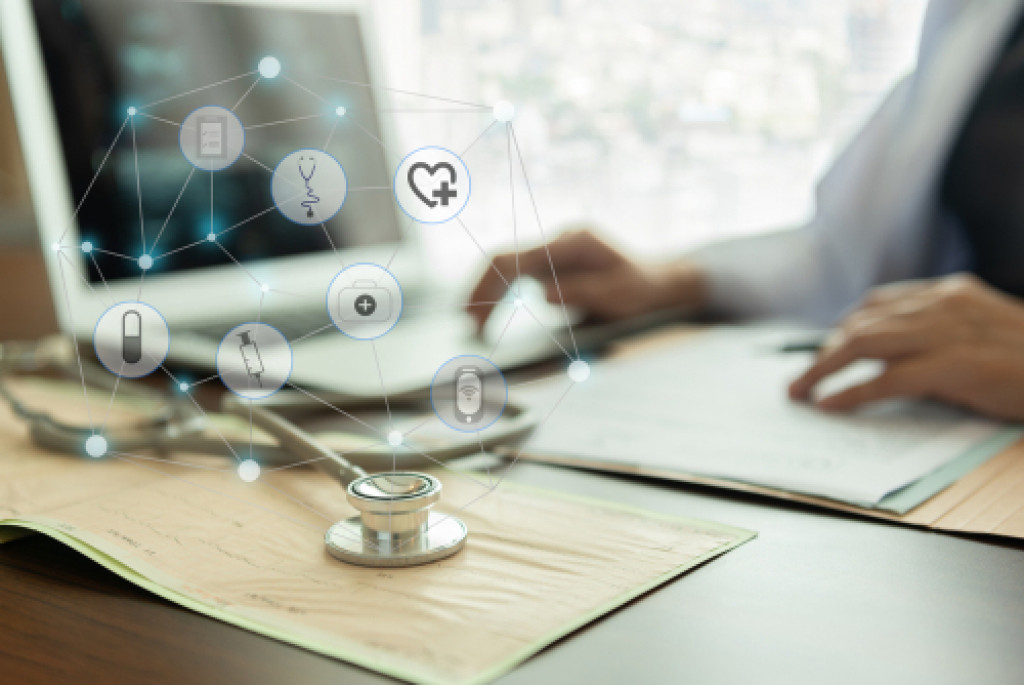Technology has a significant impact on health and wellness. In the past, technology was mainly used for medical purposes. But now, technology is being used to improve people’s health and well-being in new ways. For example, technology can be used to track fitness goals or monitor moods. Women’s and men’s medical alert bracelets have also gained more fame because of the benefits they bring to people.
With all of these innovations, it comes as no surprise that technology has helped enhance health and wellness for people. Therefore, technology plays a vital role in healthcare. After all, technology can help people achieve better health outcomes more effectively.
Technology for Enhanced Health and Wellness
Technology has made it possible for people to live longer and healthier lives. It’s hard to imagine life without technology. However, just a few decades ago, healthcare was very different from what we have today.
Before the rise of innovations in technology, doctors and other healthcare providers had to do things manually. Most of the time, their technology was limited to the technology they already had. This meant that the tools were not always accurate or effective at diagnosing, treating, and preventing diseases from occurring.
In addition, people did not have access to many health-related services because healthcare providers could only do so much without technology. However, technology has changed a lot of things about the healthcare industry.
Below are the ways that technology has helped enhance health and wellness for people:
-
Technology enhances communication
Communication is crucial in healthcare because it helps with patient care. For example, technology enhances communication between doctors and patients through technology-based tools such as e-visits. This allows people to have more access to healthcare services by communicating online instead of making costly trips into a healthcare clinic for routine matters that can be resolved digitally or over the phone.
Enhanced communication in healthcare also helps healthcare providers collaborate more effectively. As a result, healthcare providers can provide better healthcare services to their patients. This helps promote better health outcomes for all patients.
-
Technology improves the quality of care
Technology also helps improve the quality of care that healthcare providers give to patients. As a result, technology has the potential to improve overall health outcomes for all patients.
This technology can be physical or digital, but it must facilitate communication between healthcare providers and their patients to make a difference in patient care. For example, technology that helps manage chronic diseases at home tends to have more impact on quality of life than if technology is only used within the confines of healthcare institutions.
By maximizing the benefits of technology, healthcare providers become more capable of improving the quality of care they give to patients. This helps create a healthier society with people who have better health outcomes.
-
Technology makes healthcare more accessible
Technology has also made healthcare more accessible to patients because it provides technology that allows patients to have more control over their health. For example, many people with chronic diseases can now monitor and manage their conditions from home through technology such as glucose monitors or blood pressure cuffs.
As a result, more people can access quality care when they need it. This will help improve the quality of life for many people. Even people living in remote areas can now access healthcare more quickly because of technology.

For example, technology has made telemedicine possible. Remote technology is being used to connect doctors with patients when providing care through Skype or FaceTime. This technology allows for better communication between doctors and their patients, which can help them understand each other’s needs more fully despite geographical constraints.
-
Technology educates patients effectively
These days, technology helps educate people effectively because it can provide information in a range of accessible forms, such as images and videos. The technology also allows for easier sharing of this information between patients and healthcare professionals to help people make better-informed decisions about their health.
When people have more information about their health, they tend to be more proactive in making healthy choices. As a result, it becomes easier for them to stay healthy all the time.
-
Technology helps healthcare providers become more productive
Productivity is essential for healthcare providers because they are expected to treat more people in less time. For example, nurses use technology to document information about their patients quickly and accurately.
When technology reduces the amount of work that healthcare providers have to do, it frees up their time. Thus, they can focus on what really matters—taking care of patients. As a result, more people achieve better health outcomes thanks to technology.
Technology and People’s Health and Wellness
People’s health and wellness are influenced by technology in many ways. For example, people can improve their health by using technology-based fitness programs available everywhere, from mobile apps to wearable devices like Fitbits.
The benefits of technology have all helped people achieve better health outcomes. As a result, more people in society are becoming healthier because of technology.
